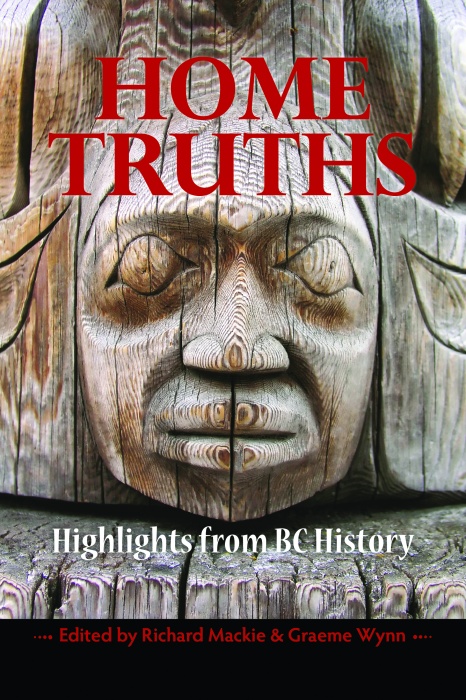What is home? Home Truths (Harbour Publishing), an anthology of writings from scholarly journal BC Studies, explores that question with a BC focus that will prove fascinating to anyone interested in the history of our province. And even if you don’t think you are that interested in British Columbian history, you probably are. Still don’t believe me? Just read the book, and you will be.
The only problem with reading the book is that because the selections are culled from a scholarly journal, the writing tends to be overly academic (when hanging out with friends, how often do you, say, describe race as “porous”?). So it can be a bit of a slog, but if you’re in the right mood, the payoff is great.
For example, the essay “Race and Space in Victoria’s Chinatown, 1891” tries its hand at debunking the oft-thought “truth” of our Chinatown being a “forbidden city” and the only place in town where, in the past, Chinese people could feel comfortable. In fact, through maps and charts and boring language, it lays out how plenty of non-Chinese people lived in Chinatown, how plenty of Chinese people lived outside of Chinatown, and how the racial segregationŃalthough there, to be sureŃwasn’t as severe as we’ve retroactively made it. It’s a contentious statement but one they defend and hold well.
Elsewhere, we get a look at what home was, is, and can be in BC. From nomads to mining-town settlements, from old shacks hastily constructed on the sides of rivers to Victorian mansions, from First Nations who call BC home to settlers who came and called it home, the concept of home is an amorphous and interesting one in a province that has a history built on racial question marks and social dividing lines as tall as trees.

